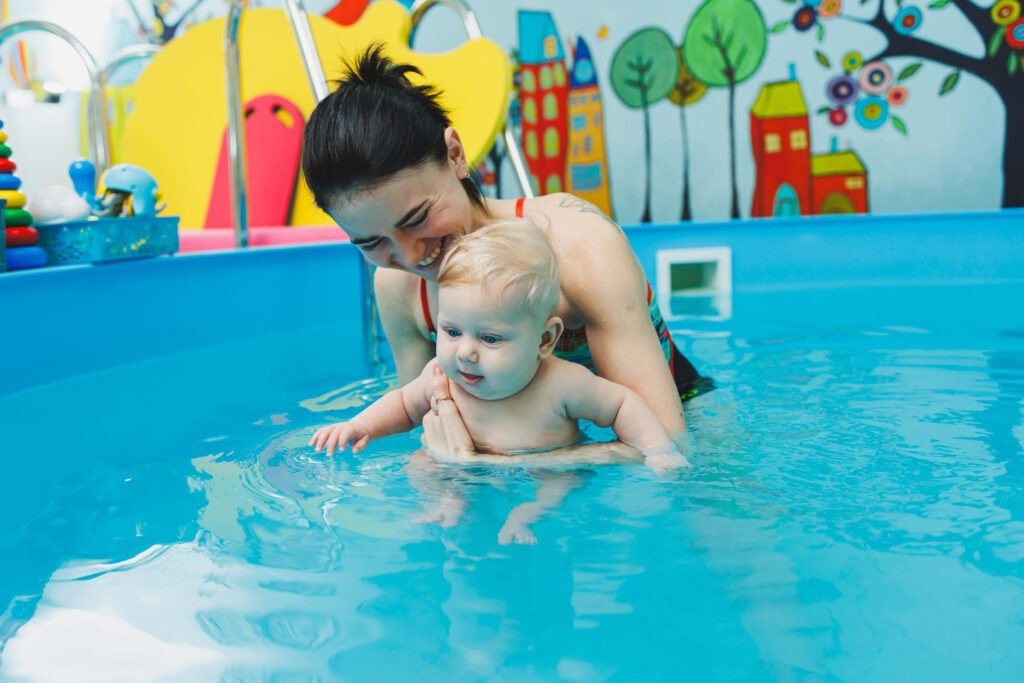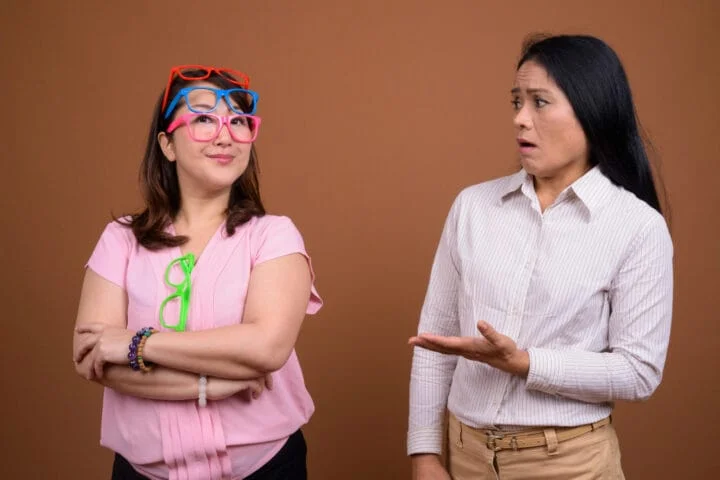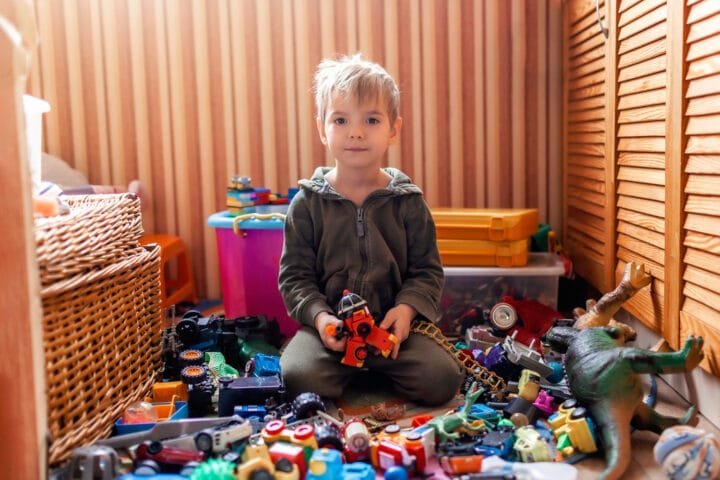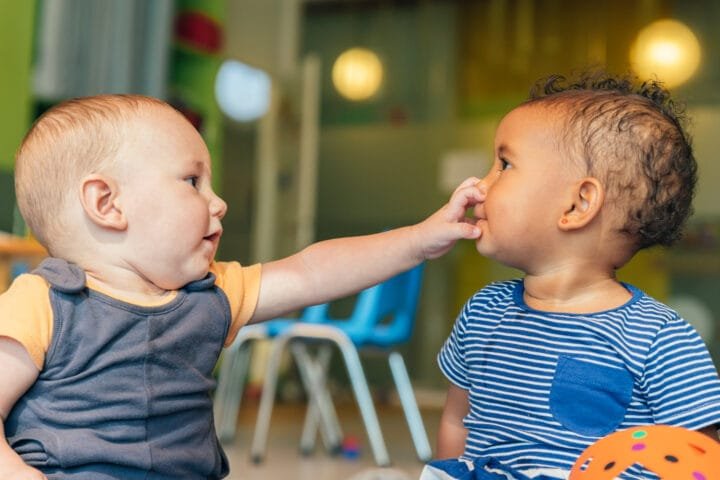When Do Kids Learn to Swim: A Fun Guide for Parents
Why This Guide on When Kids Learn to Swim is a SuperpowerHey there, super parents! Ever wondered, “When do kids learn to swim?” You’re in the right place. As a parent, you play a crucial role in this journey. Swimming isn’t just a splashy good time; it’s a life-saving superpower! Imagine your little one as an aquatic superhero, zipping through the water confidently and gracefully. Swimming keeps them safe, but it’s also fantastic for their health—strengthening muscles, boosting heart health, and even improving mood.
In this guide, we’ll dive into when kids are ready to start swimming lessons, what skills they should learn at different ages, how to pick the best swimming program, and how you can support their watery adventures. By the end, you’ll know precisely when kids learn to swim and how to help them become confident swimmers.

Developmental Readiness: Is Your Little Fish Ready?
So, when do kids learn to swim? It all depends on their readiness in three key areas: cognitive (brain power), emotional (feelings), and physical (body strength).
- Brain Power: Kids between 2-4 years old start getting curious about water and can follow simple instructions like “kick your legs” or “blow bubbles.”
- Feelings: Between 3-6 years old, kids usually feel more secure in water with your encouragement.
- Body Strength: By ages 4-5, many kids have the motor skills needed for basic swimming moves like kicking and floating.
Most kiddos start formal swimming lessons between ages 4-6. But don’t worry if they’re younger—early water play can help them get comfy in the H2O!
Baby Splash Time (6 Months – 2 Years)
Introducing your baby to water can be a splash-tasting experience! Between 6 months and two years old, focus on making them comfortable rather than formal lessons.
- Splish-Splash Fun: Gently splash water on their body or play with water-safe toys during bath time. Consider using the SwimWays Baby Spring Float for extra fun.
- Water Benefits: Early exposure helps improve motor skills and builds confidence in water.
While they won’t learn formal swimming skills, these positive experiences make future lessons easier.
Little Swimmers (3-5 Years)
Between ages 3-5, your little fish can start learning basic swimming skills. This is a crucial time for when kids learn to swim:
- Kick It Up: Practice flutter kicks or frog kicks while holding onto the pool’s side or using a kickboard like the Speedo Swim Training Kickboard.
- Float Like a Boat: Teach them to float on their back by starting in shallow water where they feel safe.
- Bubble Magic: Blowing bubbles helps regulate breathing. Start above water and progress underwater with fun toys like the Nuby Floating Purple Octopus Toy.
Teach essential safety tips like never swimming alone and understanding pool depths.
Big Kid Swim Time (5-7 Years)
Ages 5-7 are perfect for formal swimming lessons. Your big kid now has better coordination and listening skills:
- Super Strokes: Learn proper strokes like front crawl, backstroke, and breaststroke.
- Safety First: Emphasize safety techniques like floating and treading water.
- Practice Makes Perfect: Regular practice helps build muscle memory and confidence.
Choose the right program by considering class type (private/semi-private/group), instructor qualifications (certifications/experience), and facility quality. Equip your child with essentials like Aegend Swim Goggles and a Speedo Unisex-Child UV Thermal Swimsuit.

Making Progress Fun
Make swimming an adventure:
- Game On: Play games like “Sharks and Minnows” or “Treasure Hunt” to make learning fun. Use engaging Pool Toys for added excitement.
- High Fives All Around: Praise small achievements to boost confidence.
- Family Splash Days: Have family swim days or practice simple exercises at home to reinforce skills.
Safety First
Safety is key:
- Watchful Eyes: Always supervise children around water.
- Rule Makers: Teach them never to swim alone and understand pool depth markings.
- Floaties Are Friends: Use life jackets or arm floaties, but don’t rely solely on them. The STEARNS Original Puddle Jumper Kids Life Jacket is a great option.
- Hero Skills: Teach primary emergency responses like calling for help or recognizing signs of drowning.
Choosing the Right Swimming Program
The right swimming program is crucial for your child’s success and enjoyment. Here are some factors to consider:
Class Types
- Private Lessons:
- One-on-one attention
- Customized lesson plans
- Faster progress
- Semi-private Lessons:
- Small group setting
- More affordable than private lessons
- Opportunity for social interaction
- Group Lessons:
- Larger groups
- More affordable
- Social learning environment
Instructor Qualifications
- Look for certifications from reputable organizations like Red Cross or YMCA.
- Check for experience in teaching children of similar age groups.
- Read reviews or ask for recommendations from other parents.
Facility Quality
- Cleanliness of the pool area
- Availability of safety equipment
- Temperature control of the pool water
- Accessibility for both children and parents

Essential Gear for Little Swimmers
Having the right gear can make a significant difference in your child’s swimming experience:
- Swim Goggles:
- Protects eyes from chlorine
- It helps improve underwater visibility
- Consider Aegend Swim Goggles
- Swimwear:
- Comfortable and well-fitting swimsuits
- UV protection options available
- Check out Speedo Unisex-Child UV Thermal Swimsuit
- Kickboards:
- Assists in practising kicking techniques
- Enhances leg strength
- Try the Speedo Swim Training Kickboard
- Floatation Devices:
- Provides additional support for beginners
- Promotes confidence in water
- The STEARNS Original Puddle Jumper Kids Life Jacket is highly recommended.
- Fun Toys:
- Keeps children engaged during practice
- Encourages playful learning
- Consider items like Nuby Floating Purple Octopus Toys and other Pool Toys.
Building Confidence Through Consistency
Consistency is vital when it comes to mastering swimming skills:
- Regular Practice:
- Aim for at least one session per week
- Reinforces muscle memory and skill retention
- Positive Reinforcement:
- Celebrate small milestones with praise or rewards
- Builds self-esteem and motivation
- Parental Involvement:
- Participate in practice sessions when possible
- Show enthusiasm and support for their progress
Overcoming Common Challenges
Swimming can come with its own set of challenges, but with patience and persistence, they can be overcome:
- Fear of Water:
- Start with shallow water play to build comfort gradually.
- Use fun toys like Nuby Floating Purple Octopus Toy to distract from fear.
- Difficulty Following Instructions:
- Break down instructions into smaller steps.
- Use visual aids or demonstrations.
- Physical Coordination Issues:
- Focus on one skill at a time.
- Provide plenty of encouragement and patience.
Conclusion
Knowing when do kids learn to swim involves understanding their readiness and providing gradual skill development. This guide is here to help you with that. Be patient and supportive. Celebrate small milestones and make learning fun. This approach will help your child become a confident swimmer who enjoys the water safely.
So grab those goggles, put on that sunscreen, and dive into this exciting journey together!
Check out my blog post: When Do Kids Learn to Read? A Comprehensive Guide for Parents! This guide provides valuable insights into the reading milestones for children and tips for parents to support their learning journey.
Want to teach your child a fun and essential skill? Check out Teach Your Kid to Ride a Bike in Just 3 Easy Steps! for straightforward tips that make bike riding a breeze!





































































